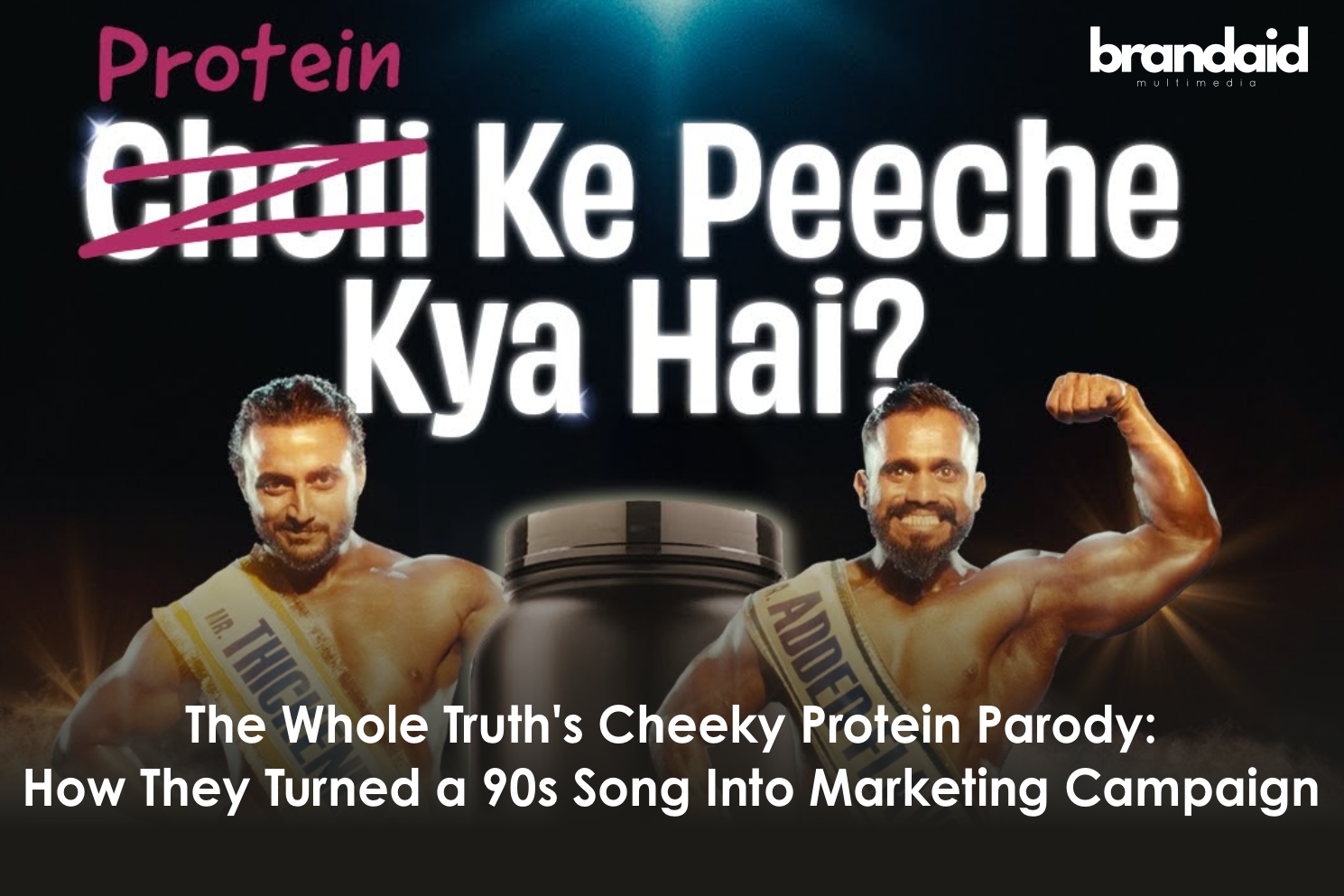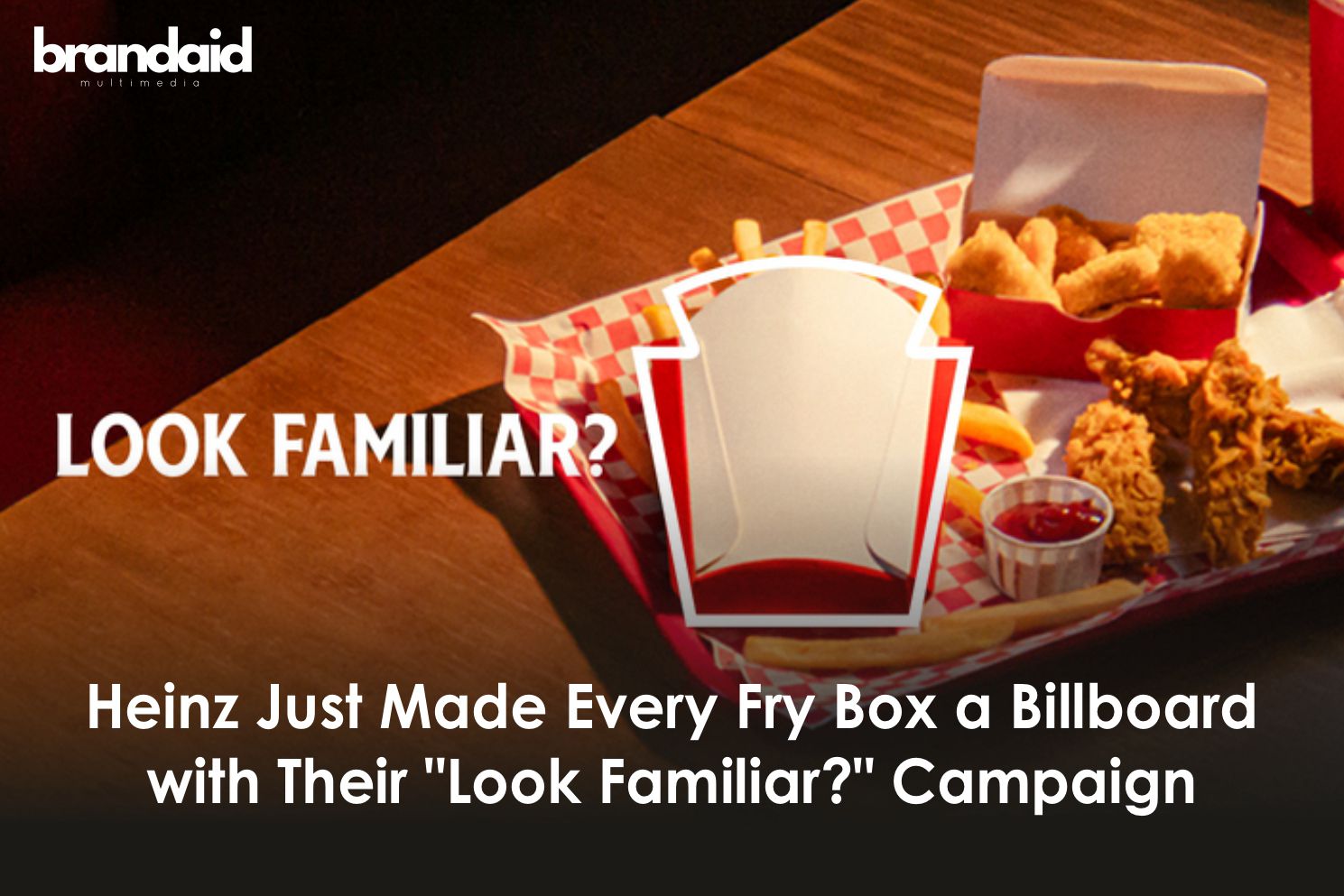Ever wondered why some marketing campaigns explode with engagement while others barely create awareness? The secret lies in one simple principle and it’s called: topical marketing or Viral Marketing
- When Coldplay paid tribute to Jasprit Bumrah during their India tour.
- When Maroon 5 gave a shout out to Darshan Magdum (a.k.a. The Autotune Guy), or
- When Dua Lipa added a viral Bollywood remix to her playlist
It wasn’t random.
Rather, it was strategic.
And to be even clear, it was topical marketing in action.
Because these brands know that tapping into what people are already talking about makes them instantly relevant.
As you read through this article, you will find some valuable lessons that you can learn through topical marketing.
And also learn how you can use the same strategy step-by-step!
So let’s get started!
What Makes a Campaign be called Topical Marketing?
A campaign is topical when it ties into current events, trends, or cultural moments that people are already engaging with.
The goal is to ride the wave of existing conversations instead of trying to create one from scratch.
Take Zomato, for example.
Their Twitter feed is full of witty, real-time reactions to trending news, be it cricket matches, celebrity gossip, or viral memes.
Their posts don’t feel like ads; they feel like conversations.
How Amul Has Mastered Topical Advertising
Amul’s classic topical print ads have been running for decades, making clever, humorous references to everything from politics to sports to pop culture.
- When Chandrayaan-3 landed on the moon, Amul posted a creative a saying, “Moon Meeetha Karo”
- When Virat Kohli hit his 50th ODI century, here’s what they posted:
This keeps Amul constantly relevant, not just as a dairy brand but as a cultural commentator.
So here’s a lesson for you:
The more your brand speaks to what people are already thinking about, the more engagement you’ll get.
What Makes a Brand Relatable?
So now we know what topical marketing is.
It’s time to discuss and understand the thing that makes topical marketing work- Relatability.
Relatability is about authenticity and emotional connection.
People don’t engage with brands.
Rather, they engage with stories, emotions, and experiences they resonate with.
And it’s best if these stories are trending at the moment.
Let’s understand this concept better with a few case studies.
Coldplay’s Mumbai Concert
During their concert in Mumbai, Coldplay did something interesting.
Look at it yourself:
They introduced their band members by linking them to Mumbai landmarks:
- “Will Champion from Chhatrapati Sambhajinagar ”
- “Jonny Buckland from Pimpri Chinchwad”
This small but powerful localization move made the audience feel an instant connection, even though the band isn’t from India.
It showed they cared about their audience’s culture and experience.
Maroon 5 and the Autotune Guy
Darshan Magdum, a small Indian content creator, went viral for using extreme autotune in his reels.
Maroon 5 saw this, appreciated it, and gave him a shoutout.
This move earned them massive goodwill from Indian audiences because it showed they were listening and engaging with real people, not just promoting their music.
So here’s a lesson for you:
The best way to make people care about your brand is to show that you care about them first.
How to Make Your Marketing More Topical & Relatable
Well, it seems like the “topic” is the “top-pick” by brands to make themselves relevant throughout time.
And hence, it’s highly important that you learn how to do this thing called topical marketing isn’t it?
So here’s a step-by-step guide to get started.
1. Stay Updated on Trends (But Be Selective)
Follow social media trends, breaking news, and pop culture events.
However, don’t jump on every trend.
Only engage with those that align with your brand values.
Top(ical) Example:
Zomato tweeting about a cricket match because food and sports naturally connect.
Bottom Example:
A B2B software company forcing a reference to a viral TikTok dance. (It just feels inauthentic.)
2. Use Social Listening Tools
Tools like Google Trends, Twitter Trending, and BuzzSumo help you track what’s currently buzzing in your industry.
If something aligns with your audience, use it to craft timely content.
3. Localize Your Content
Take inspiration from Coldplay’s Mumbai concert.
Whether it’s using local language, references, or cultural nods, making your content feel regionally personalized can massively boost engagement.
4. Involve Your Audience
Encourage user-generated content (UGC) by asking followers to share their thoughts, experiences, or versions of a trend.
For example-
If you’re a clothing brand, launch a challenge where users recreate an iconic fashion look using your products.
5. Be Ready to Act Fast
Virality doesn’t wait!
Hence, the faster you create and post content around a trending topic, the more visibility you get.
This requires:
- A flexible content calendar
- A team ready to create quick-response posts
- A risk assessment to avoid potential backlash
6. Keep It Fun, Not Forced
One of the biggest mistakes brands make is forcing themselves into conversations they don’t belong in.
Top(ical) Example: Amul’s witty takes on political events.
Bottom Example: A hospital using dark humor about surgery just because it’s trending.
Always ask yourself: “Does this naturally fit our brand voice?”
Conclusion:
As attention spans shrink and competition for engagement grows, brands that implement topical marketing to remain topical and relatable will dominate the conversation.
So the next time you see a viral trend, ask yourself:
- Can my brand contribute to this conversation meaningfully?
- Can I make my audience feel like this was made just for them?
And if you answer yes, then go on and use them.
Because that is the top trick.
Topical marketing is the top trick towards marketing virality.
Drop your favorite topical ad in the comments below!





